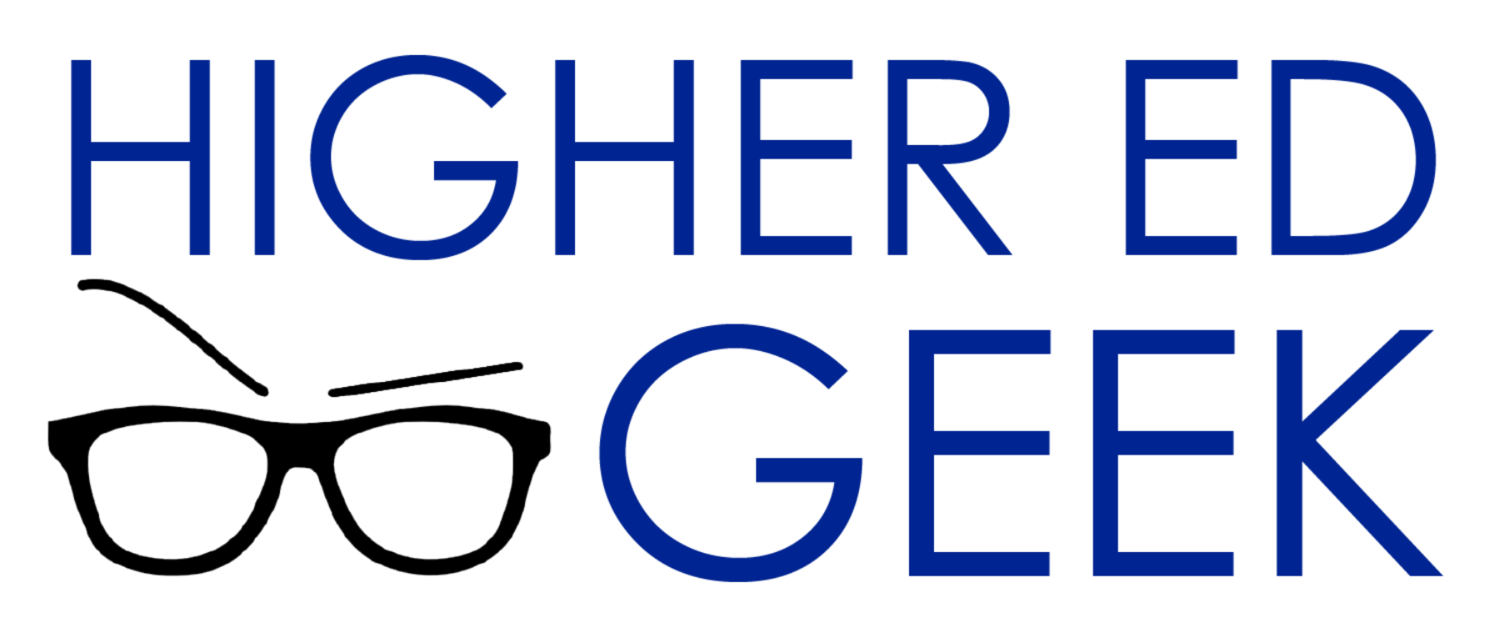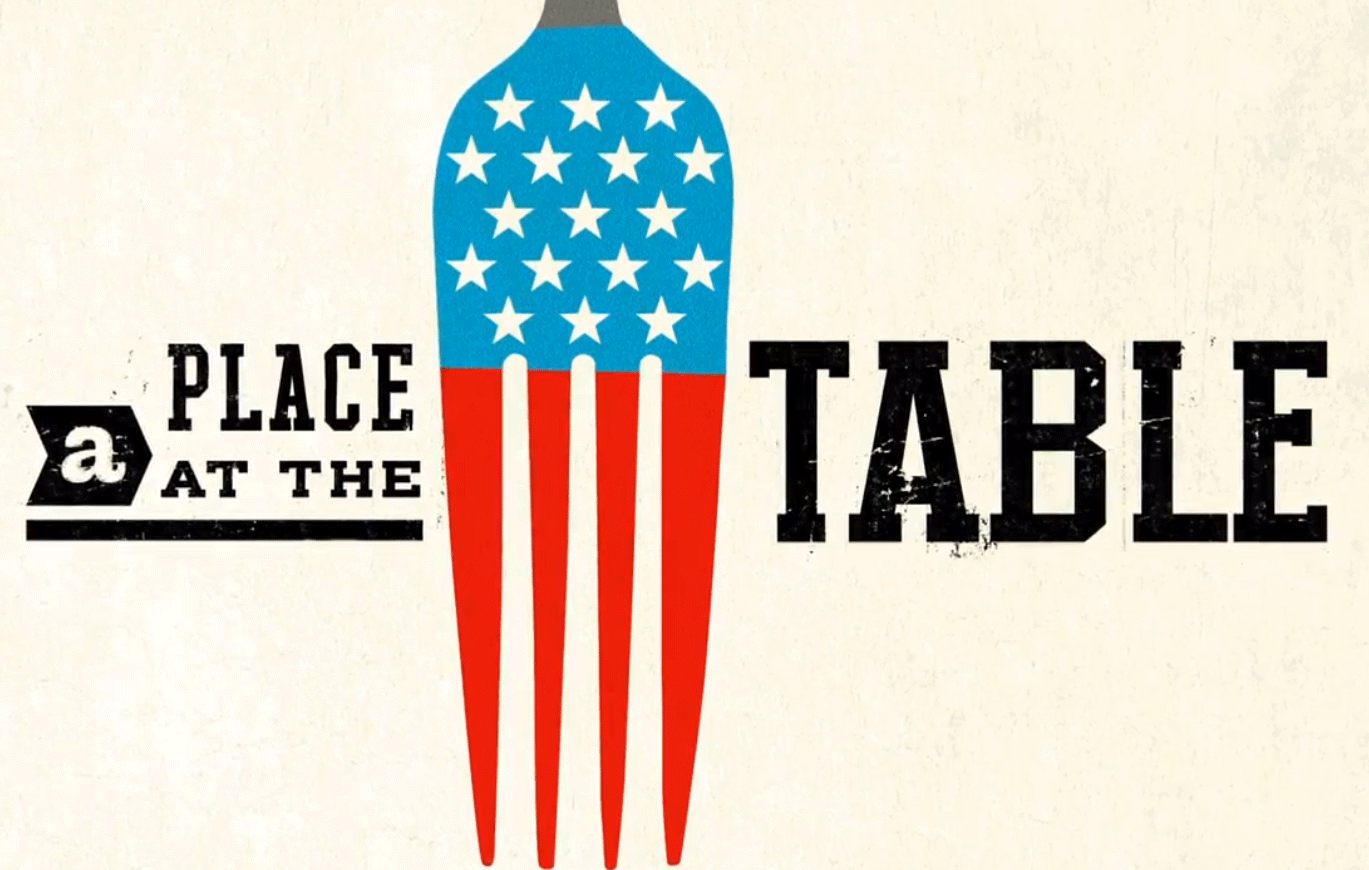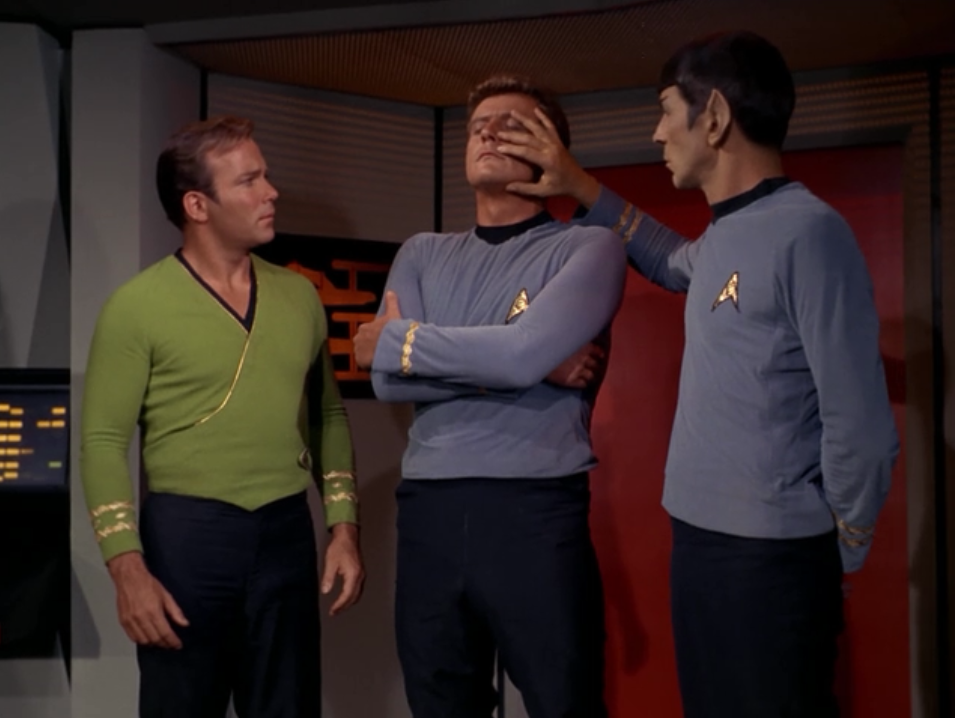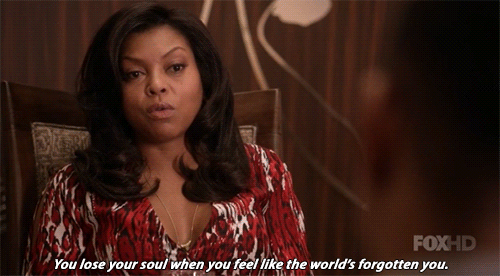#SAGeeks - Geeking Out About Talking Politics
The SAGeeks series is all about celebrating the geeky and nerdy sides of all of us working in higher education and student affairs. The series is edited by Jenn Osolinski and Lynne Meyer. Check out our resources page for more geeky goodness.
Politics has always fascinated me. The dynamics that define the polity of our global societies have driven me to learn about the cause and effects that continue to shape our world. Additionally, learning to understand how these decisions may impact future cultures, economics, and social outcomes through calculated thought, excite me to think of what may be.
As much as I geek out about politics, it’s important for me to be aware of my personal political views when I engage in discourse on a college campus. In my role as an educator, I want to encourage exercising the collective people’s voice in political discourse and civic engagement. That’s what the First Amendment is all about. Specifically, I view my role as someone who can empower others through objective exploration and potential outcomes. It is not my job to persuade a conversation in a particular direction. Like the saying goes, “we don’t have to agree with another person, but we should learn to respect the (diverse) opinions of others.” This is that moment to learn.
I truly believe in empowering students to find their voice and define their own successes through personal development, exploration and experiential learning. In relation to politics, this means offering conversations and scenarios that include tools for students to navigate through them. For example, if a polarizing political subject becomes the conversation, the tools may be the pros and cons from multiple sides of the debate. The trick is to instigate civilized dialogue and to ensure the environment remains welcoming, supportive and encouraging to those who participate or may want to. This may require setting guidelines to maintain a positive constructive discussion. You may also have to adjust your level of moderation. And, depending where you may be on campus: a classroom, student club meeting, in the residence hall, or out in the quad, other adjustments may be necessary to ensure a healthy discussion.
What are the goals of talking politics on campus? For me, it’s to help promote awareness of political diversity and encourage political discourse. However, I’ve made sure to never force discourse. I feel it should be a natural occurrence, just like any other conversation. The reason I hope to promote political awareness with students is because we’re talking about their future. We’re talking about my future. According 2008 NY Times exit polls following the presidential election, voters ages 18 to 29 were 18% of the voting electorate. Voters between 30 to 44 years were at 29%. Compare that to 2012 exit polls from the Washington Post, those same age groups were 19% and 27% respectively. According to the 2012 US Census, 18 to 44 year olds made up about 37% of the population. Interestingly, the US Census estimated there were 82.909 million people between 25 to 44 years, which is comparable to the 82.932 million people ages 45 to 64. This is a major chunk of the US population that could have a major voice in the political direction of the United States. But it’s not enough to hold conversations and debates. Actions to carry out voices must also be encouraged.
It is within the realm of actions, that the political will of a majority of the people begins to falter. In helping students become aware of social, political and economic issues, engagement through actions has been the best way, from personal experience, to help students learn how to make change happen. Actions could be to organize voting parties, volunteering for a local or national campaign, writing about issues for the school’s newspaper or a personal blog, or even involvement with an organization that advocates for specific issues that a student may be passionate about. In a way of saying, “it’s not what you say, but how you say it,” that will speak volumes to disrupt for good.
Politics can be an amazing opportunity to learn, connect and build with those around you. In higher education, the opportunities for students to become civically mindful and engaged can compliment a student’s academic experience on many levels. Even some experiences may translate over to experiences outside of politics and outside the classroom. On a personal level, politics in higher education invigorates me to continue my own political passions on the issues I care about, and to learn of other political concerns. Politics can and should be an inviting and enabling environment, and that is what I hope to create if I ever find myself debating the issues. How can you promote healthy political discourse and civic engagement on your campus?
Hing Potter currently serves as an Admissions Outreach Specialist at Edmonds Community College in Lynnwood, Washington (30 minutes north of Seattle). Before returning to his hometown, Hing spent time at College of Western Idaho, Boise State University, Bodies In Motion recreation and had a previous stint at Edmonds CC. Outside higher education, his passions include the great outdoors, volunteering and Seattle sports. Connect with Hing on Twitter, Instagram, and on his blog.












